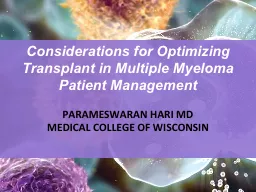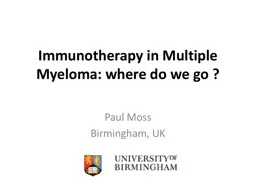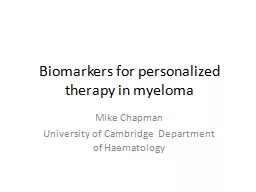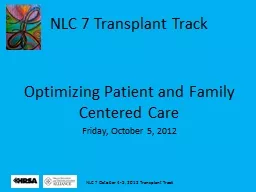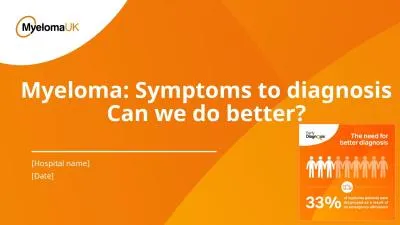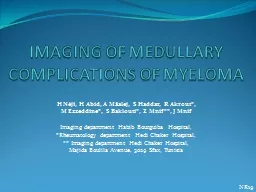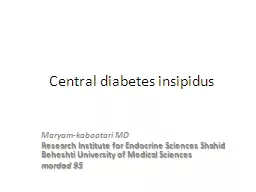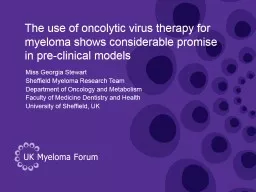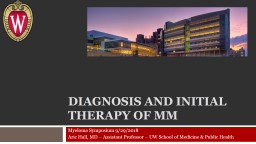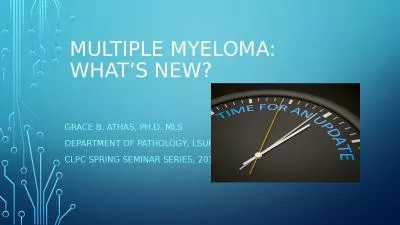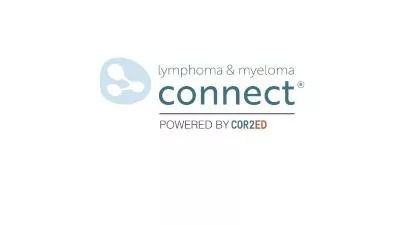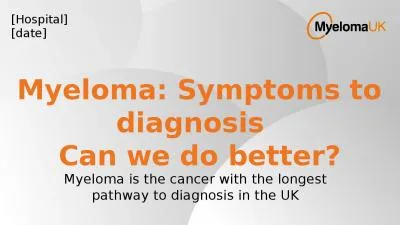PPT-Considerations for Optimizing Transplant in Multiple Myeloma Patient Management
Author : TravelingSoulmate | Published Date : 2022-08-04
PARAMESWARAN HARI MD MEDICAL COLLEGE OF WISCONSIN Support Acknowledgement This activity has been made possible through an unrestricted educational grant from
Presentation Embed Code
Download Presentation
Download Presentation The PPT/PDF document "Considerations for Optimizing Transplant..." is the property of its rightful owner. Permission is granted to download and print the materials on this website for personal, non-commercial use only, and to display it on your personal computer provided you do not modify the materials and that you retain all copyright notices contained in the materials. By downloading content from our website, you accept the terms of this agreement.
Considerations for Optimizing Transplant in Multiple Myeloma Patient Management: Transcript
Download Rules Of Document
"Considerations for Optimizing Transplant in Multiple Myeloma Patient Management"The content belongs to its owner. You may download and print it for personal use, without modification, and keep all copyright notices. By downloading, you agree to these terms.
Related Documents

